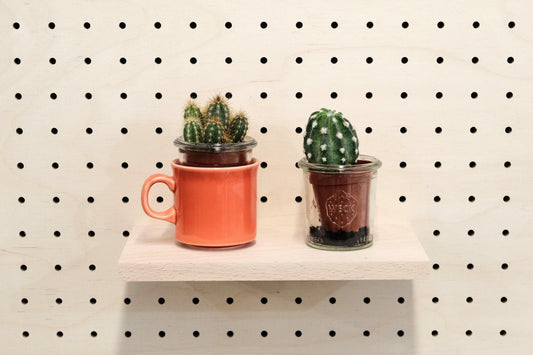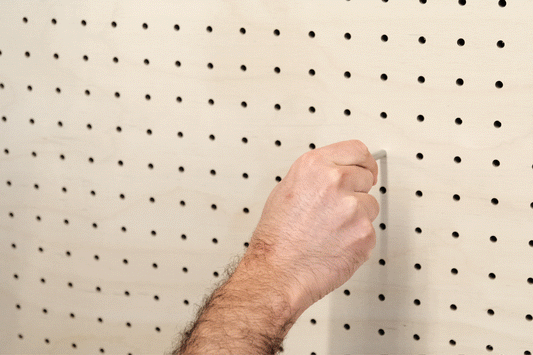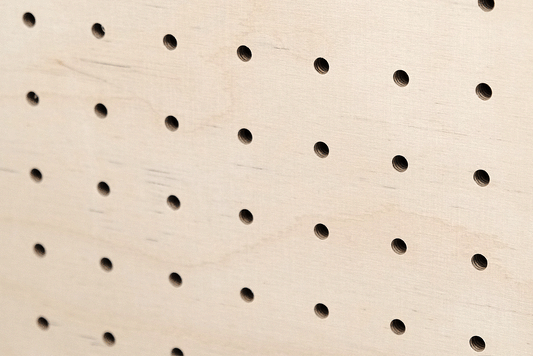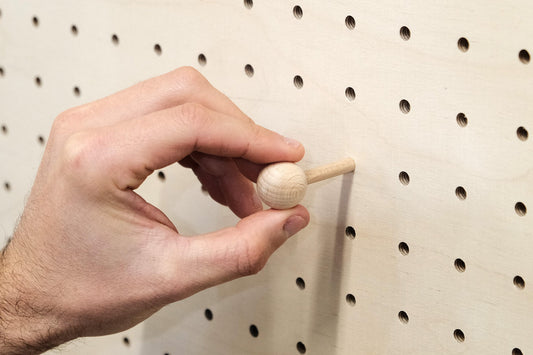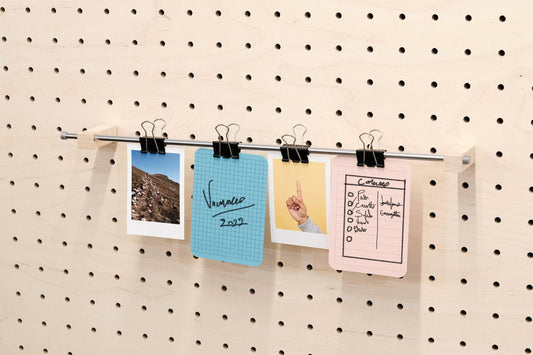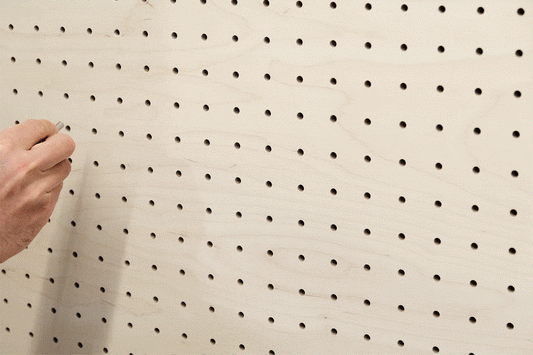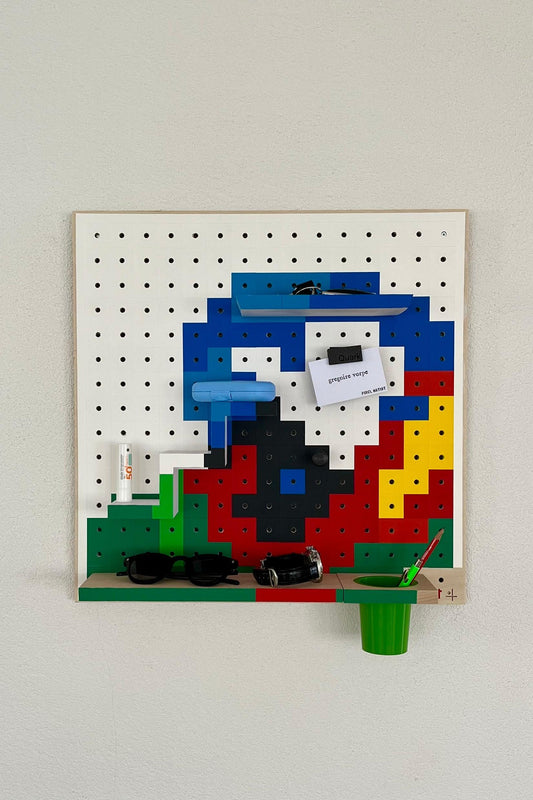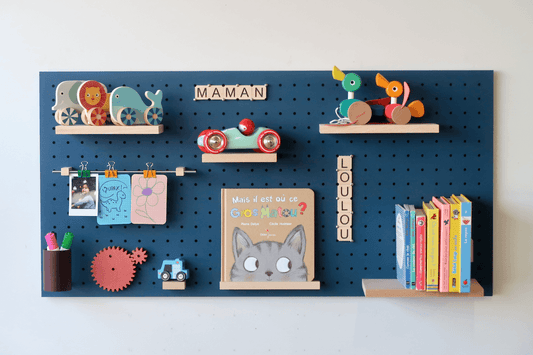Quark went to meet Margot, co-founder of Ripato. This French company creates responsible furniture and table legs. Between French production and the fight against waste, discover how the brand imagines and creates aesthetic and environmentally friendly products.
Can you introduce yourself in a few words?
My name is Margot, I'm 31 years old. I am co-founder of the Ripaton brand. We created it with my partner 6 years ago. I went to business school. I did international trade, marketing and then a specialization in entrepreneurship and business management. After that, I worked for DELL. Afterwards, I quickly launched Ripaton with my partner.
See this post on Instagram
What does Ripaton mean and what do you produce in responsible furniture?
Ripaton means foot in old French. Basically, the idea came about because we were looking to revamp our coffee table. We were looking for fairly simple, designer feet. We liked the Hairpin Legs model, this famous hairpin leg that we find a lot in England or the United States. But, impossible to find in France. We then said to ourselves that we should try to make some and put them on our coffee table. We have a craftsman friend who helped us. Then, all our friends thought it was so cool, so we thought maybe there was something to do.
We realized that there were plenty of people who were also looking for those feet. So we made a small series of feet that we sold on Etsy at first. It worked very well. So we said to ourselves that we had to continue. We started to produce a little more and the enthusiasm made us set up our workshop. Today we are a French brand that manufactures and sells table legs and other accessories that allow you to create responsible furniture.

Can we say that you entered the world of responsible furniture by chance?
We both went to business school. Tom was in the web and I was in commerce. There was nothing that destined us to create a metal workshop to make furniture and table legs. It happened gradually. There was a very strong craze for the brand from the start. This pushed us to have a fairly rapid development and growth. Today our company sells throughout Europe. We have around fifteen models of feet, but also clothes racks, wall brackets and shelves. The company now has about twenty people.
Can you describe your creative process and your way of working?
We analyze the needs that we could have as well as those of our customers. This is how we first came up with the idea of creating a table leg and how Ripaton was born. For example, if we want to make a dining table we ask ourselves what type of leg we would like to see. We always try to think with the trends of the moment and the shapes that we like. We also think in terms of ergonomics.
We also try to find functionalities in the product. For example, we can add adjustable skates. We are doing more and more cooperation with our customers. That is to say, they are questioned a lot. We ask them what they like in terms of shape, color and materials and we identify their needs. It brings us a lot of answers and it helps us in the product creation process. Then we have the prototyping phase, we produce, try and test the products. Before launching a product, we send it to some of our customers so that they can test it and give us feedback on what they think of the object. If their experience is positive, then we will launch production and market the product.

How do you define your profession, what qualities are required?
In general, at Ripaton we are artisans 2.0. We have dusted off traditional metalwork by bringing in the digitization of the web. We sell our products on the internet and adopt digital manufacturing practices. Our brand is sustainable and responsible. Our production is French and reasoned. Everything is done in our workshop in Montpellier.
Compared to my profession, as a co-founder, I must be a Swiss army knife. We handle all trades internally. So we have production, logistics, product design, communication, web development and sales. We have to be strong and experts in all these areas because we do not outsource at all. My partner and I share the roles. I work on the administration, the commercial part and the communication. My partner will be more on the logistics, production and web development part.
Do not hesitate to consult our article: Tristan Gesret the painter in letters










